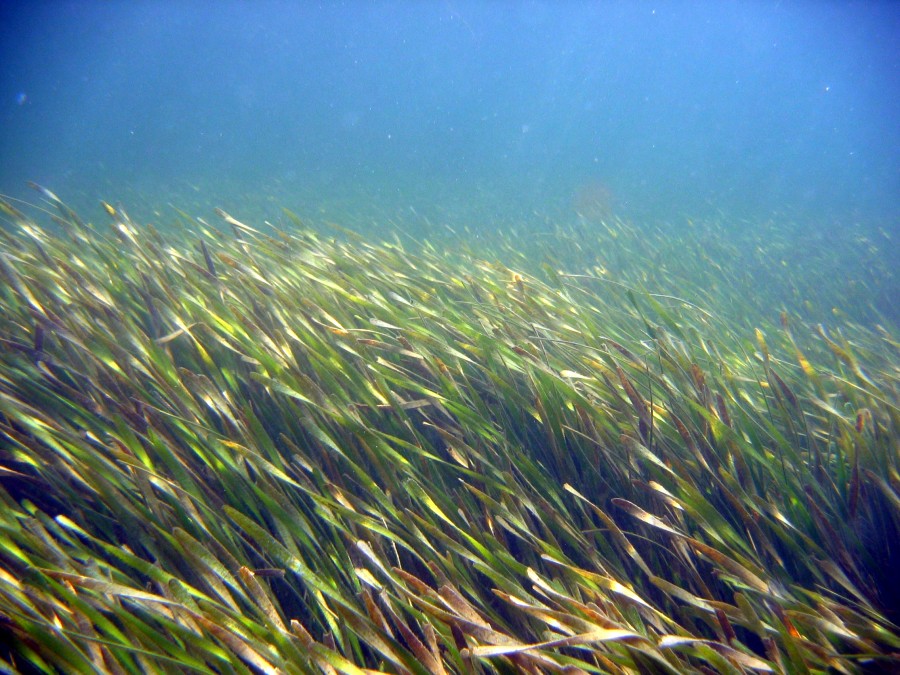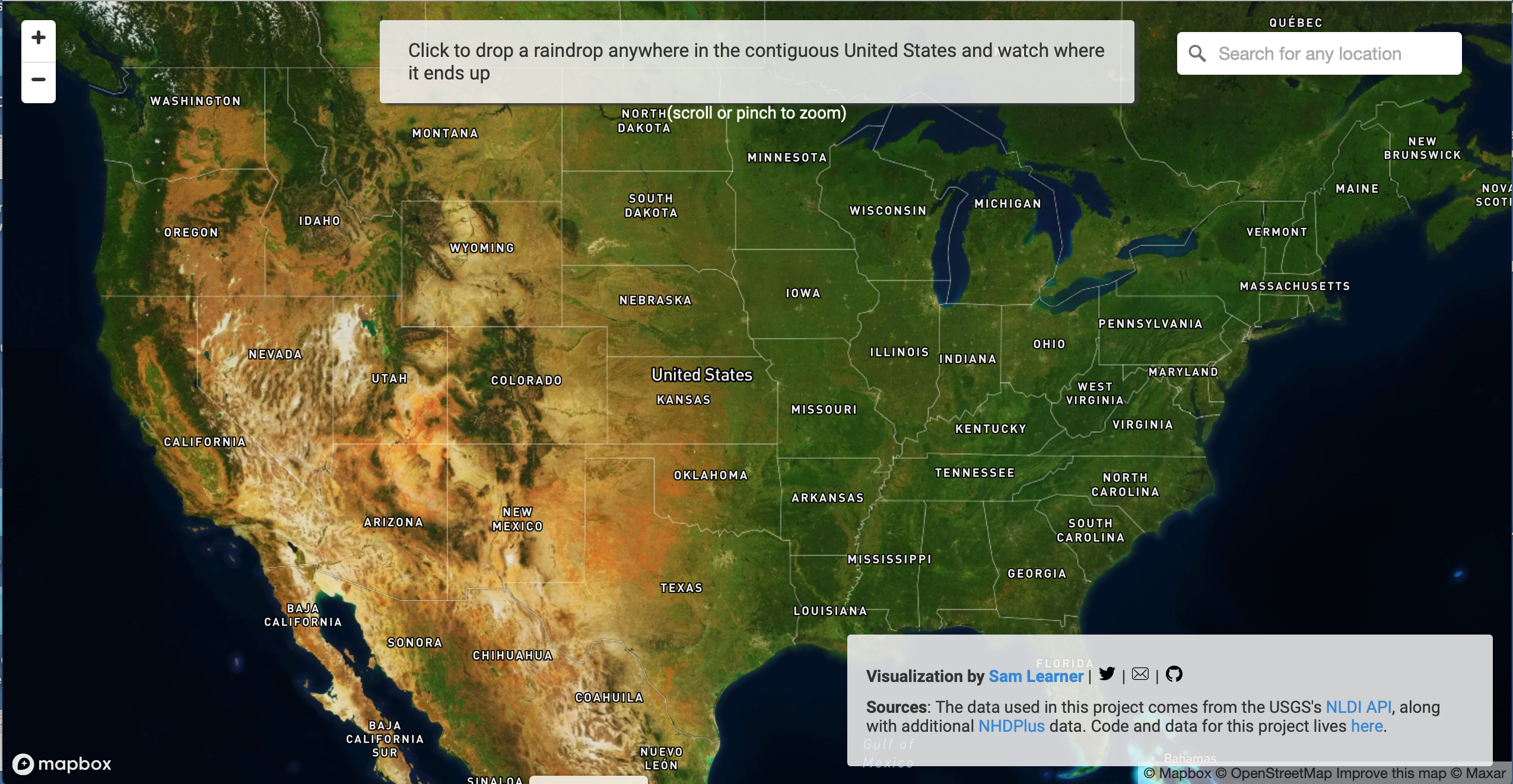Seagrass Matters
This summer (2021), we’ve continued our purse-seine catch-and-release fish surveys in Sarasota Bay.
These surveys, conducted seasonally since 2004, allow us to gain an indication of the relative abundance of fish in Sarasota Bay — important information for understanding one of dolphins’ main ecological drivers: their prey.
Our preliminary findings indicate that overall fish catches in Sarasota Bay’s seagrass meadows were below average in August, though catches varied greatly depending on location.
Given the summer’s red tide, it’s not surprising that fish numbers have been reduced. But we were also alarmed by a recent report from the Southwest Florida Water Management District about seagrass abundance in Sarasota Bay.
According to the report, Sarasota Bay lost 18 percent of its seagrass coverage between 2018 and 2020 — some 2,313 acres. Similar seagrass losses have also been reported to our north in Tampa Bay and to our South in Charlotte Harbor.
Seagrass is considered a critical habitat by state and federal resource managers. In addition to helping stabilize the seafloor, seagrass meadows provide food, shelter and a nursery for commercial and recreational fish species — including dolphin prey. Without healthy seagrass, we won’t have healthy dolphin communities. Other charismatic species impacted by seagrass losses include sea turtles and manatees, which both feed on these grasses. (In fact, a decline in seagrasses is believed to be contributing to the manatee mortality event currently taking place on Florida’s east coast).
While the reasons for seagrass declines are complex — red tides and other algal blooms, increasing nutrient loads, rainfall patterns, propeller scars, and other factors — we should all be concerned about changes in these critical habitats and do our part to help where we can.
Some things you can do in Florida include reducing or eliminating fertilizer use; making sure your septic tank is operating properly; working with your local, county and state representatives to support measures to build, monitor, and maintain central sewer systems, limit run-off, maintain wetlands, and take other steps that clean up our waterways.
And, if you live in another part of the country, you may still have an impact here, too — that’s because 41 percent of the contiguous United States drains into the Gulf of Mexico, so reducing nutrient pollution in your neck of the woods is a good idea, too.
Have you ever wondered where a raindrop that falls in your backyard goes? Check out the “River Runner,” a great visualization tool created by Sam Learner.






